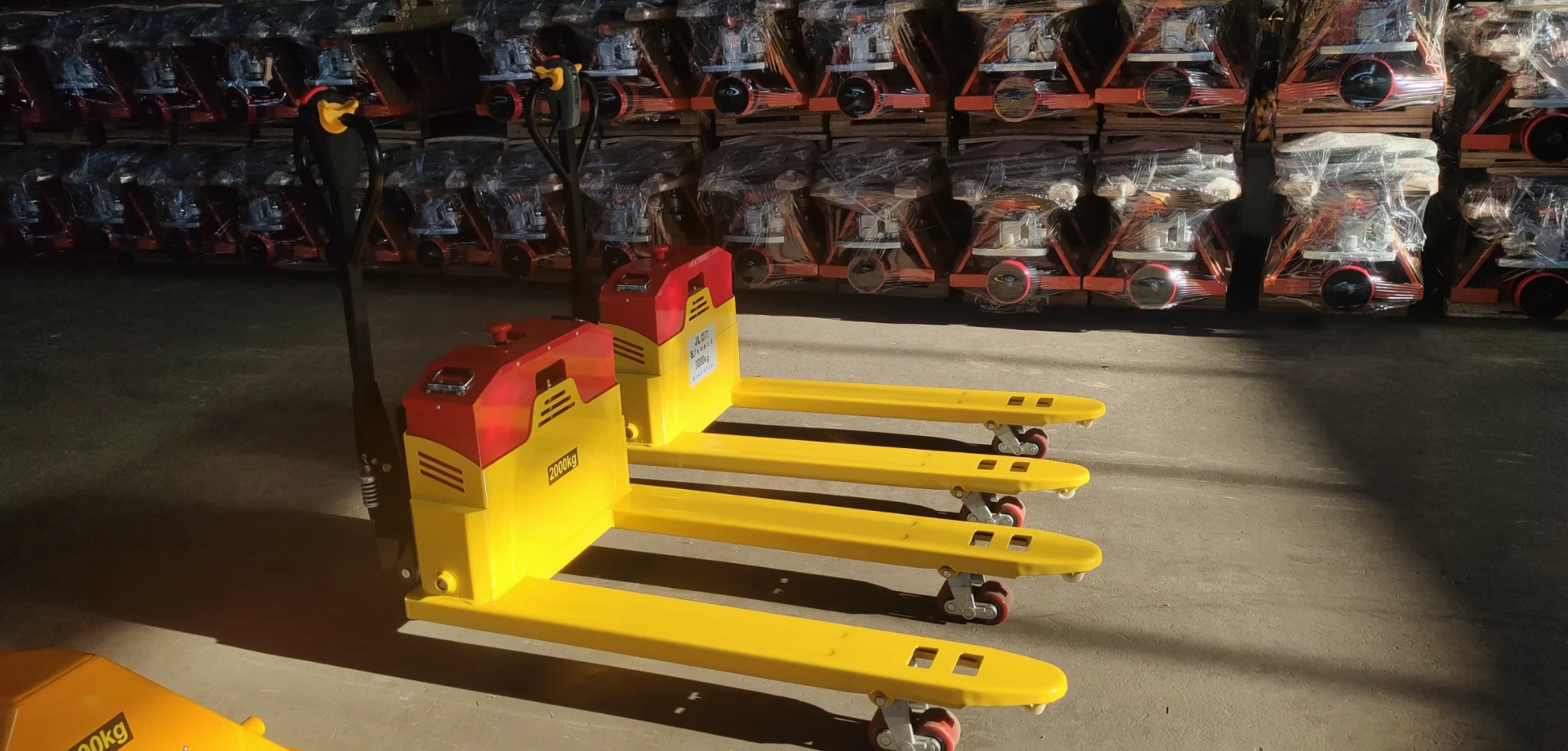


Safety Equipment for Working at Heights
Working at heights poses significant hazards that can lead to serious injuries or fatalities if proper safety measures are not implemented. Ensuring the safety of workers engaging in elevated tasks requires a comprehensive understanding of the necessary safety equipment. This article outlines the essential safety equipment that should be employed when working at heights to minimize risks and safeguard employees.
1. Personal Protective Equipment (PPE)
PPE is crucial for protecting workers from falls and other hazards associated with working at heights. The following items of PPE should always be utilized
- Hard Hats To protect the head from falling objects, hard hats are mandatory for workers operating in elevated environments. They should be properly fitted and inspected regularly to ensure they provide adequate protection.
- Safety Harnesses A safety harness connects the worker to an anchorage system. It is essential for fall protection and must be properly fitted to the individual. Workers should be trained in how to wear, adjust, and inspect their harnesses to ensure maximum effectiveness.
- Shock-Absorbing Lanyards These lanyards are designed to absorb the energy of a fall, reducing the force exerted on the worker's body. They should be used in conjunction with safety harnesses to provide a secure connection to the anchorage point.
- Helmets with Face Shields or Goggles In environments where there is a risk of debris or extreme weather conditions, protective eyewear and face shields are important to shield against potential hazards.
2. Fall Arrest Systems
Fall arrest systems play a vital role in preventing fatal falls when working at heights. These systems include
- Safety Nets Positioned below the work area, safety nets capture workers if they fall, significantly reducing the risk of serious injury
. They must be installed properly and inspected regularly for any wear or damage.- Guardrails Installing guardrails around the edge of a work platform is one of the most effective ways to prevent falls. They should be made of sturdy materials and installed at the correct height—typically 42 inches above the walking surface.

- Personal Fall Arrest Systems (PFAS) A PFAS includes the safety harness, lanyard, and anchor point. Proper training on how to use these systems is essential to ensure they provide the intended protection.
3. Ladders and Scaffolding
Proper equipment for accessing elevated areas is another critical aspect of working at heights
- Ladders Only use ladders that are appropriate for the task and are rated for the weight they will carry. Regular inspections should ensure that ladders are free from defects and secure when in use.
- Scaffolding When more extensive work is required at heights, scaffolding provides a safer alternative to ladders. Scaffolds must be erected and dismantled by trained professionals, ensuring they adhere to safety standards and regulations. Regular inspections are necessary to maintain their integrity and safety.
4. Training and Preparation
While having safety equipment is imperative, ensuring that workers are trained to use this equipment properly is equally important. Regular training sessions should be conducted to educate workers about fall hazards, proper use of equipment, and emergency procedures. Workers should also understand the importance of conducting job hazard analyses before beginning any work at heights.
5. Emergency Response Plans
In the event of an accident, having a well-established emergency response plan is critical. This plan should include procedures for rescuing a worker who has fallen and procedures for providing first aid. Regular drills can help ensure that all employees know their roles and responsibilities should an accident occur.
Conclusion
Working at heights presents unique challenges that require diligent attention to safety. By using appropriate safety equipment, providing thorough training, and implementing emergency response plans, employers can significantly reduce the risks associated with working at heights. Prioritizing safety not only protects workers but also enhances overall productivity and morale in the workplace.



